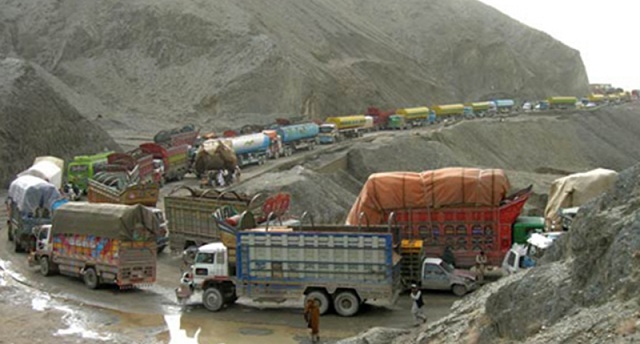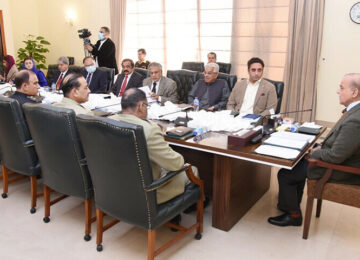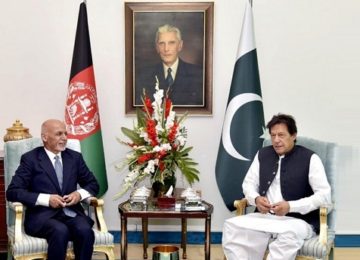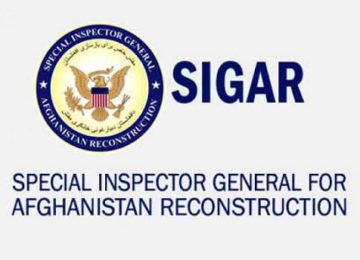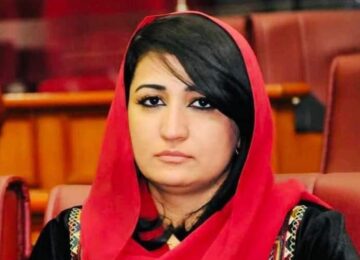November 6, 2019
By Former Ambassador Asif Durrani

The relationships between Afghanistan and Pakistan have always been of complex nature. Afghanistan’s refusal to Pakistan’s entry into the UN has been one facet of this history whereas how Zahir Shah assured Pakistani authorities that Afghanistan would never take advantage of any fragility at Western borders of Pakistan during 1965 and 1971 wars presented a flip side of it. Similarly, during 2005 earthquake, President Karzai offering Pakistan all kinds of support in relief work including all four helicopters that Afghanistan had at that time, has been a great symbolic gesture. It’s also a known fact that Afghanistan is the only country in Pakistan’s neighborhood where 60,000 – 70,000 Afghans straddle Pakistani border every day without documents. This facility is not available to Afghans anywhere in their other neighboring countries or offered by Pakistan to any other neighbors.
With this historical backdrop, when we talk about the regional connectivity, the Pakistani land has always been the trade route for Afghans. The alternates such as Chahbahar Port may not be economically feasible, especially for India. However, by keeping India out of it, we contradict our claim of being at the confluence of South Asia, Central Asia and the Middle East as by blocking India whole of South Asia becomes beyond our reach. Similarly, instability in Afghanistan would continually deter our trade with Central Asia. TAPI is still at halt and CASA 1000 has not been materialized yet for this very reason.
As regards peace and stability in Afghanistan, it could be a pertinent question that why all the tribes those are part of conflict in Afghanistan, are not approached in order to resolve their disputes. It was important to note that the conflict is not just amongst the known players but also involves intra-tribal feuds inside Afghanistan. Concurrently, Afghan economy is linked with the production of opium which should be carefully evaluated while discussing peace and stability in Afghanistan. The vested interest that thrives in narco-business and war economy would try to derail the peace efforts at every step.
As regards socio-economic development in Afghanistan, statistics show that 187 billion dollars have been spent in Afghanistan during the last two decades but the socio-economic situation or infrastructure doesn’t reflect such huge spending.
While talking about connectivity, businesses and peace, we must analyze the ground realities that need improvement in a big way. It has to be done at the grassroots level and inter-tribal feuds should be settled through Jirgas.
When we talk about democracy in Afghanistan, we shouldn’t forget that this system of government is not homegrown but has been paratrooped from abroad as even the top leadership had no prior experience of governance. Due to intra-tribal rivalries, it’s difficult for Dr. Ashraf Ghani to reach out to various tribes. In the present scenario where Zalmay Khalilzad – led dialogue with Taliban is underway, several facts need to remain in consideration. For instance, knowing what is at stake would be a key here to move forward, especially sustenance of administrative and security structures in the country after the departure of US troops.
Whether it’s Taliban on the one hand and the present dispensation in Afghanistan on other, basically, it’s a power struggle. One may hardly find any ideological difference between both sides. Taliban’s struggle by no means is an Islamic struggle as they have not produced scholars of repute who could be revered as ideologues of Taliban theocratic order.
Despite all odds, Afghans are adept in trade and have great resilience in conducting business with the outside world. They used to go up to Calcutta with their caravans or way back even to Makkah. They were traders and they still are. Therefore, we need to understand what kind of people are we talking about and what kind of people we are dealing with.
It would be interesting to observe that despite the fact that Chahbahar Port was opened, Pakistan still remains the largest transit point for Afghanistan. Although, traders face a number of problems i.e. bureaucratic hurdles, corruption and incompetence on the part of officials, still they prefer transiting their merchandise through Pakistan.
When we talk about connectivity, Afghanistan at the moment has access to Port Qasim. However, now Gwadar Port is available, not only to just Afghanistan but also to the Central Asian states. The future transit trade depends on how Afghanistan’s security situation turns out to be.
There is a need to operationalize ECO Transit Trade Framework Agreement (TTFA) which can open up vast avenues for Pakistan and ECO member states’ trade and transit facilities. Iran has already established its North-South corridor and connectivity with Turkmenistan and via Turkmenistan, to other Central Asian states. This corridor facilitates all traders and business regardless of their origin. It’s evident from the fact that even Pakistan at present is doing trade through this corridor established by Iran.
Likewise, when we talk about North South Corridor, Bandar Abbas and Astara (on both sides Iran and Azerbaijan) offer an excellent opportunity to reach out to Russia. By availing this facility, one may get connected with Europe in addition to arrangements via Turkey. However, before drawing up a rosy picture and mapping out all available options, we must be realistic that connectivity would remain hostage until peace returns to Afghanistan. Therefore, all stakeholders whether Afghans or outsiders must work for peace and stability in Afghanistan in order to achieve greater prosperity at the regional level.
The writer is former Ambassador of Pakistan to Iran and UAE. Earlier, in his diplomatic career he has served Pakistan in New Delhi, New York, Kabul and London.
Originally published in The Matrix Magazine.



